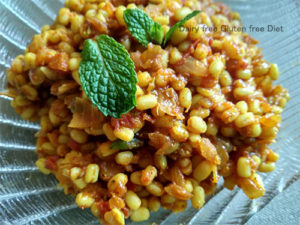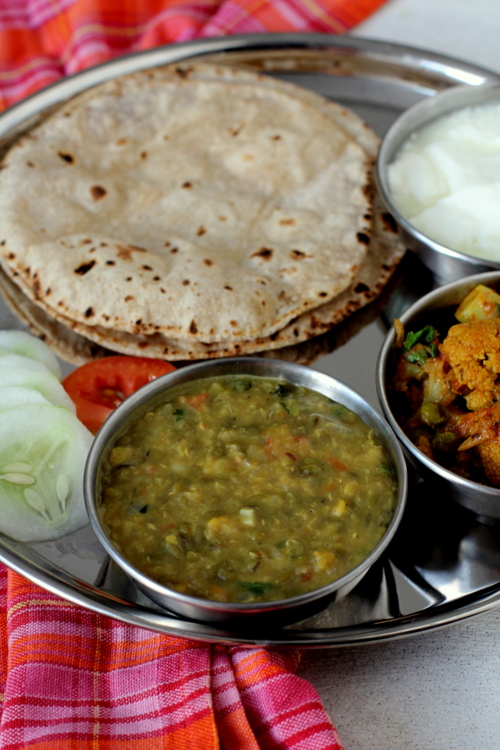

# Dal Amritsari: A Wonderful Punjabi Dal Dish

## Overview
Dal Amritsari is a cherished recipe from the Punjab region of India, recognized for its deep flavors and soothing nature. Frequently savored in the colder seasons, this dal is a fundamental part of many Punjabi homes and is particularly revered for its connection to the langar tradition in Gurudwaras. The dish reflects the essence of community and equality, serving as a reminder of the principles upheld by Sikhism.
## The Spirit of Langar
Langar, the shared meal offered at Gurudwaras, is a vital component of Sikh tradition. It symbolizes equality, inviting individuals from diverse backgrounds to unite over a meal. The simplicity and nutritious nature of the offered foods, including dal, sabzi, and roti, embody the fundamental ideals of service and camaraderie. Partaking in langar is not solely about the sustenance; it encapsulates the feeling of community and the wholesome joy it brings.
## The Distinctive Taste of Dal Amritsari
What makes Dal Amritsari unique is its characteristic smoky taste, achieved through a method referred to as chownk or tarka. This involves sautéing spices in ghee until they release their fragrance, followed by mixing them into the velvety dal right before serving. This finishing touch enhances the dish, delivering a rich and fulfilling flavor that is challenging to recreate at home.
### Ingredients
To make Dal Amritsari, you will need the following items:
– 1 cup split yellow lentils (moong dal or arhar dal)
– 2 tablespoons ghee or oil
– 1 teaspoon cumin seeds
– 1 onion, finely diced
– 2 tomatoes, pureed
– 1-2 green chilies, slit
– 1 teaspoon ginger-garlic paste
– 1 teaspoon red chili powder
– 1/2 teaspoon turmeric powder
– Salt to taste
– Fresh coriander leaves for garnishing
– Water as required
### Preparation Steps
1. **Cook the Lentils**: Rinse the lentils well and cook them in a pressure cooker with water until they are tender. Set aside.
2. **Prepare the Tadka**: In a skillet, warm ghee or oil. Add cumin seeds and wait for them to splutter. Next, add the diced onions and sauté until they turn golden brown.
3. **Add Spices**: Incorporate the ginger-garlic paste and green chilies, cooking for a minute. Stir in the pureed tomatoes, red chili powder, turmeric powder, and salt. Cook until the oil separates from the mix.
4. **Combine**: Introduce the cooked lentils to the spice mix, adjusting the fluidity with water as necessary. Allow to simmer for a few minutes to blend the tastes.
5. **Final Tadka**: For the smoky taste, heat a small amount of ghee in a separate pan, add spices of your preference (such as red chili or garam masala), and drizzle this over the dal just prior to serving.
6. **Serve**: Garnish with fresh coriander leaves and serve hot with pulkas or rotis.
## Conclusion
Dal Amritsari transcends being merely a dish; it symbolizes the rich culinary tradition of Punjab and the values of the Sikh community. Whether enjoyed at a Gurudwara or prepared at home, this dal delivers warmth and comfort, particularly during the winter season. Its distinctive flavors and the communal spirit of langar render it a treasured recipe that resonates with many.